Binaural Tools for the Creative Industries, H2020 Project
Several companies and institutions gathered together under the flag of BINCI to form a multidisciplinary consortium:
- Eurecat, Centre Tecnòlogic de Catalunya, Barcelona, Spain
- HEAD acoustics, Herzogenrath, Germany
- 3D Sound Labs, Paris, France
- Antenna International, London, United Kingdom
- Voodoopop Studios, Berlin, Germany

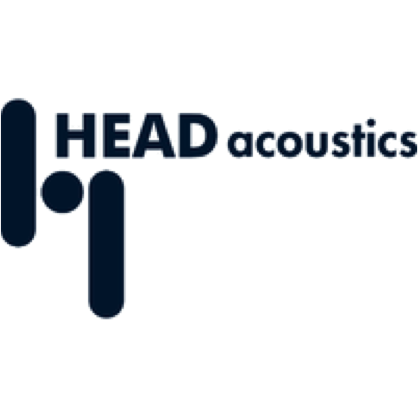



The main outcome of BINCI was the audio content in binaural of the audio guides of 3 cultural sites throughout Europe:
- La Fundació Miró, Barcelona, Spain
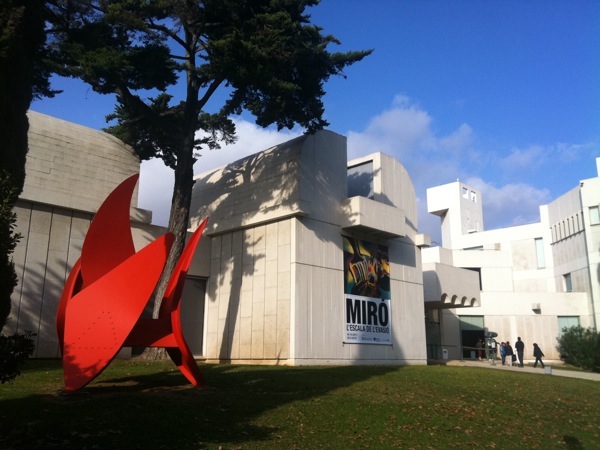
- Die Alte Pinakothek, Munich, Germany
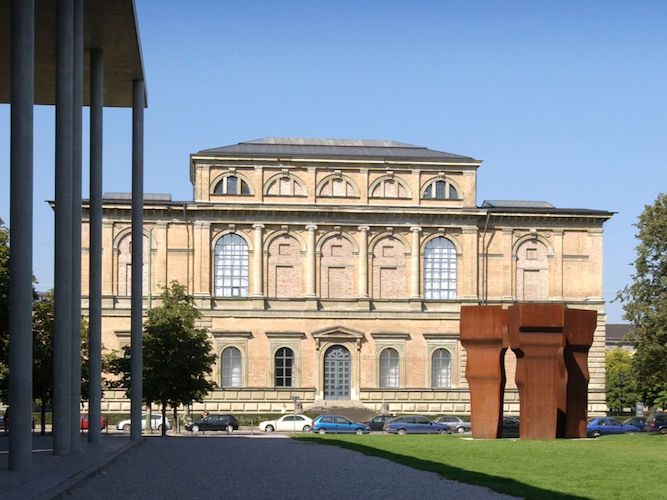
- StAndrews Castle, StAndrews, Scotland
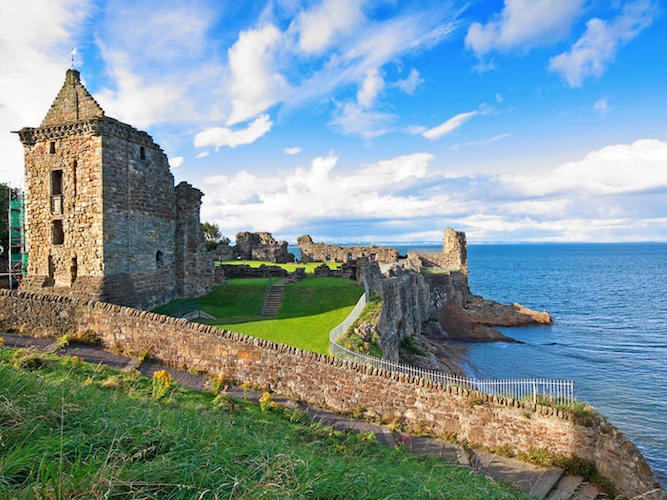
With this objective in mind, a suite of plugins allowing to create head-tracked binaural audio content has been developed in the project, validated by a carefully chosen users group, and provided to audio producers who designed the content of the audio guides. For the storytelling to reach a high level of realism and immersiveness, we gave the producers the possibility to mimic the exact acoustics of the rooms included in the visit of the targeted sites by using their unique reverberation patterns, captured beforehand in Ambisonics.
On site, the visitors would be provided with a mobile device embedding an Ambisonic player and a pair of headphones equipped with a headtracker, thereby offering a dynamic and immersive binaural experience. Moreover, a software tool has been developed that allows the visitors to select the HRTFs among an HRTFs database that match best their own physiology for an even increased binaural experience. Opinion polls conducted at the end of the visit clearly showed that the immersive storytelling was well received and even left its mark to most of the visitors.
General information about BINCI can be found here. Some demos of the binaural audio guides (head-locked) created for BINCI are available here and there.
Measurement campaigns of Ambisonics Room Impulse Responses were established in all sites mentioned above: some exhibition galleries and halls of Die Alte Pinakothek and La Fundació Miró, as well as the different spots of StAndrews Castle: entrance porch, guard chambers, kitchen cellars, mine and countermine (underground tunnels), bottle dungeon.
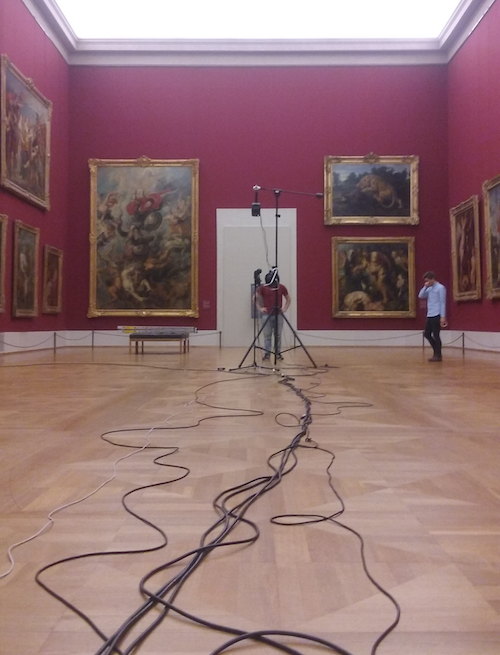
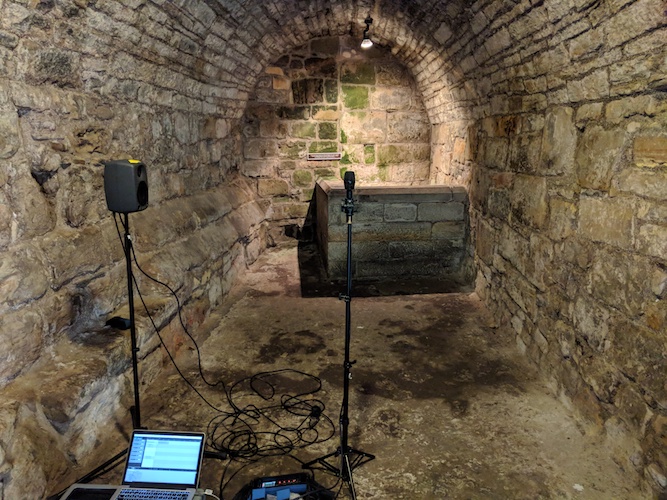
These measurement datasets were published in Zenodo and subject to a proposal of a new Convention of SOFA (Spatially Oriented Format for Acoustics) presented at the 144th AES Convention in Milan, Italy in 2018.